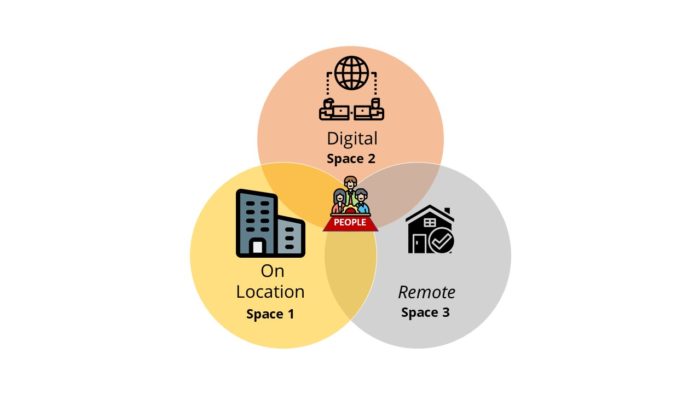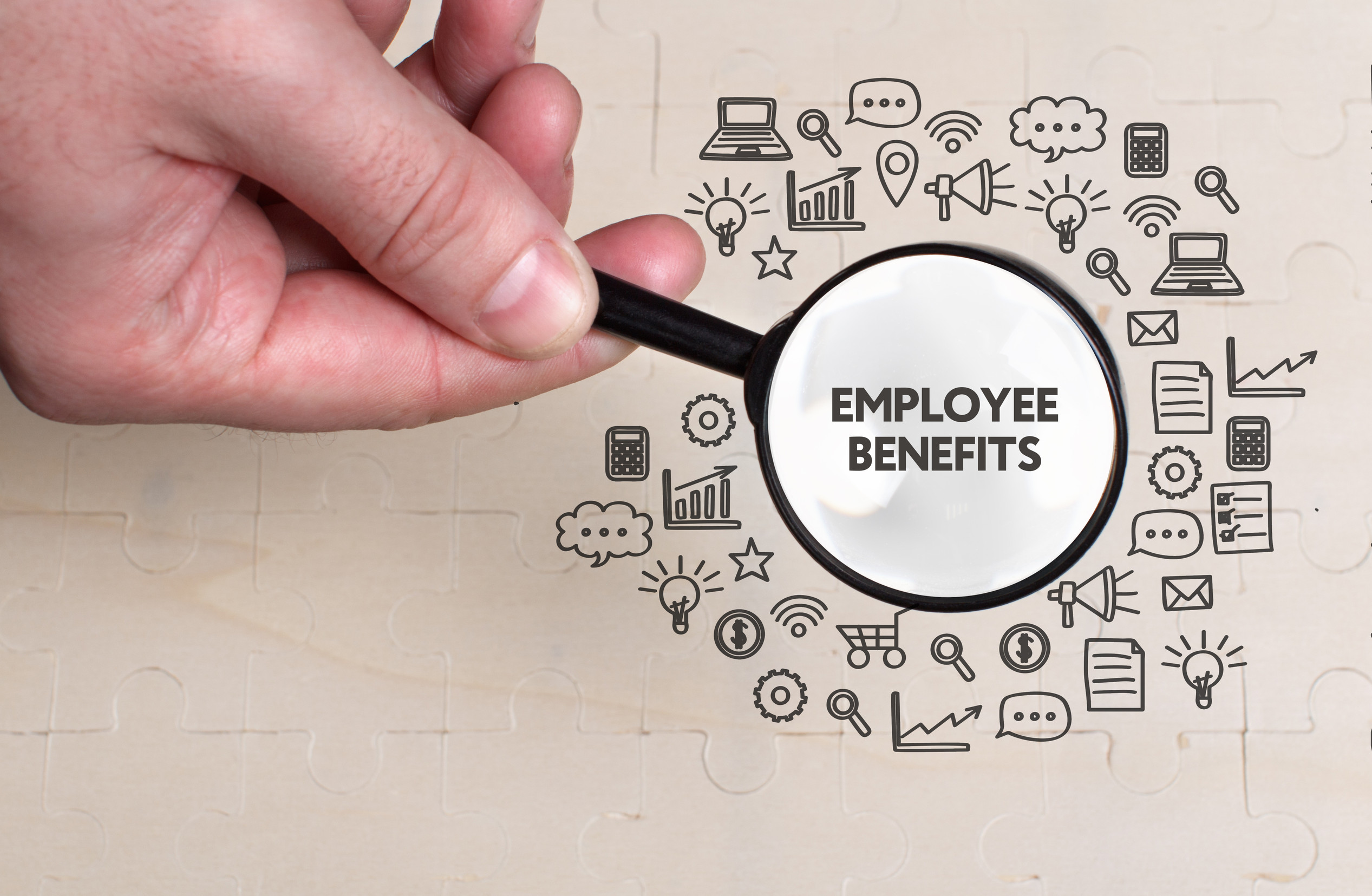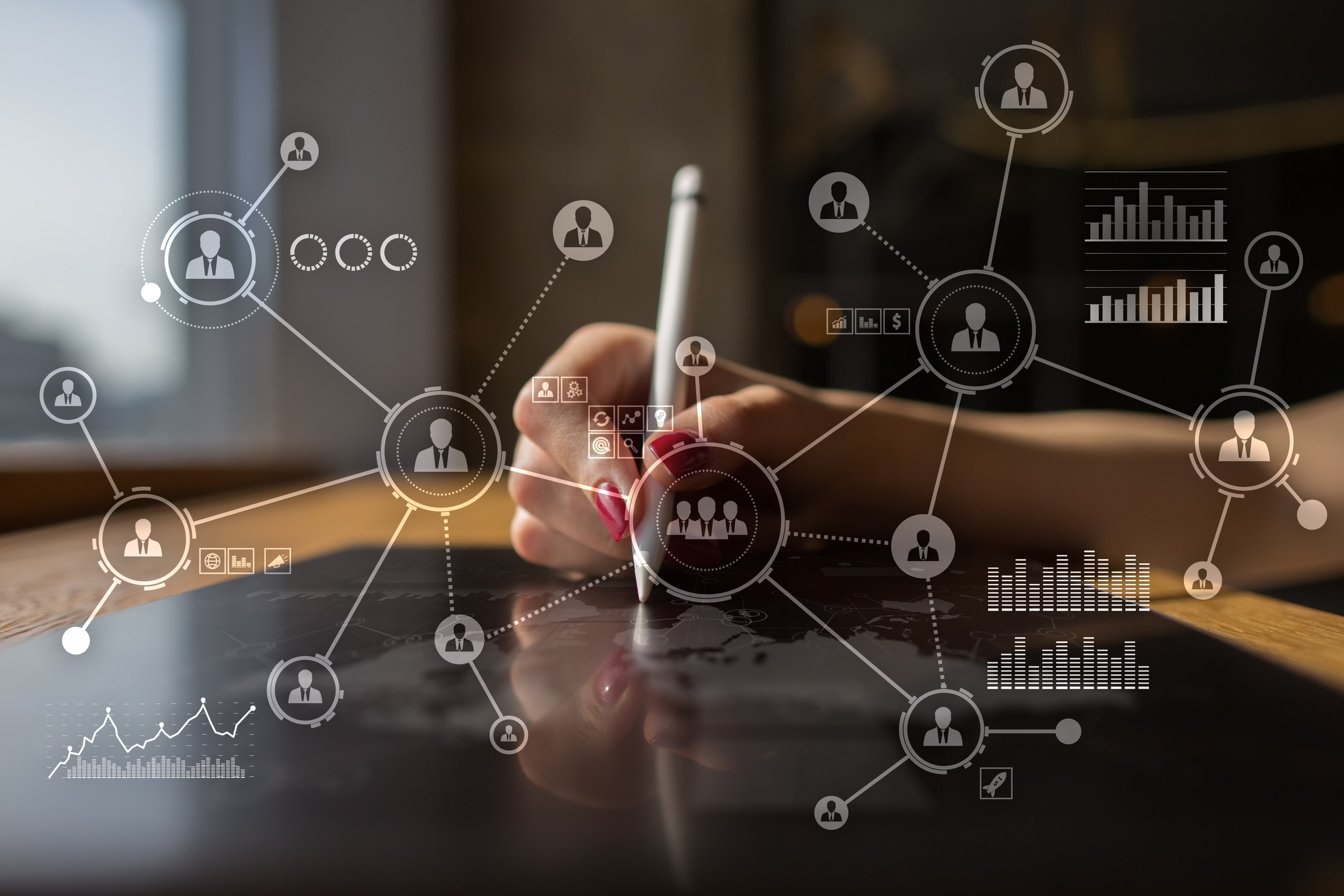Put your people first in rethinking the post COVID-19 workplace
- HRM Asia Newsroom

As a long-time Corporate Real Estate (CRE) practitioner, the past four months have been challenging and illuminating, and it has brought to light how CRE is truly at the frontline of this fight to protect employees. The slew of safe measures we had to implement from sanitation and disinfection, to safe distancing and contact tracing, has changed how we maintain and manage our spaces.
Many companies, including DBS, have adopted remote working models as countries implemented safe distancing measures, and these are likely to stay even as economies gradually restart. While work-from-home policies are being discussed, there is an unclear consensus on whether an office presence remains relevant, or if a predominantly remote-working approach is the norm going forward.
Singapore started its phased reopening on June 2, 2020. For DBS, employees who are able to work from home will continue doing so. With our digital and telecommuting capabilities, about 80% of our Singapore workforce are working from home today in a seamless manner. As the situation continues to develop, I have been asked many questions on what might happen to our offices:
- With the ability for almost anyone to work from home, will that reduce our physical footprint?
- Are we going to see a return to individual desks, high partitions, and the cubicle walls we disliked in the 1980s?
- Will we start to see space-age polycarbonate partitions, with self-cleaning disinfectants, dominate our desire for wide open spaces with natural light?
- Does Covid-19 spell the end of co-working as a concept as people shun sharing desks and spaces? Will contact tracing warrant new protocols? Would offices operate like a ‘hotel’ where colleagues come and loan a space temporarily for a huddle to discuss or collaborate only when they need to?
Invariably, many are looking at how to regain a sense of normalcy in the workplace. I constantly think about how the workplace will change, and how we balance the need for safety and control with remote working technologies and rapid digitalisation.
Perhaps the bigger question is, how can we balance collaboration with safe distancing measures, and enable the social interactions we believe a workplace is largely built for, to help build company culture?
All these aspects are being explored even as we brave through this unprecedented time. My team has adopted an employee-centric lens in the formation of future workspace strategies. We are looking at ways to enhance the experience for our colleagues to allay fears and build confidence.
More importantly, we are looking for a balance between safety, comfort, collaboration and productivity. We are still adhering to strict government guidelines, but we want to push ourselves beyond just installing sneeze guards and panels as the go-to solutions. I have no doubt that workspaces will transform. In an ideal scenario, more bespoke spaces that encompass agile principles and are equipped with a controlled network of Internet of things (IoT) will be beneficial.
Looking for the right approach
With so much ambiguity ahead of us, who is to say that one approach is better than others? With businesses hungry to explore many different solutions and technologies, we will need to exercise discretion and prudence. To do so, we run experiments, and with every experiment we do, we observe, study the data and consider the views of our people and the impact it has on them – how do different units respond to the workplace measures? Can they still work effectively? How can the workplace assure and facilitate?
Looking ahead, I foresee a shift for many companies. Their CRE teams will not just be managing a company’s leased or owned real estate. They will have to manage and provide real estate services to:
- A physical “on-location asset’ (i.e. office, branch)
- A personal space (i.e. home)
- A digital or virtual space asset that acts as a bridge of both spaces

This forces CRE teams to upskill and hire talent that are effective to manage this complex blend of spaces. We have to also build digital tools to drive the connectivity that employees will need. That connectivity is what brings colleagues working remotely and those working from the office together.
The irony of connectivity with Covid-19 is that even though we are more digitally connected than before, we are socially and physically apart. What impact being socially distanced in the long run has on culture and productivity, no one can say for sure yet. It will be up to CRE leaders to stand alongside their companies and collaborate across functions even more to draw out different scenarios across the three realms – on-location, digital and remote spaces – and plan a new future together.
And from where I stand, I see that the only common denominator is people. For DBS, our key and constant guiding principle is that we put our employees first. People are, ultimately, the greatest asset of any company, and the users of the space we design.
I would urge all CRE professionals to experiment furiously and figure out what works for your company all the while being people-centred. Build stronger internal relationships with HR, technology, and the C-Suite to understand the future game plan.
Our role will have to be as transformational going forward as it was in the early response to the Covid-19 situation, when we were turning our workplaces into safe spaces free from viruses. I am of the view that CRE teams can face this challenge innovatively by drawing meaningful insights from digital tools tempered by the human touch of employee engagement, to make workplaces thrive better than before.






